What are these kids doing in the LSO?
mainLast night’s concert at the Barbican consisted of two Scandi wedges – Sibelius 7 and Nielsen 4 – around a high Barbara Hannigan confection composed by Hans Abrahmsen. If this Simon Rattle’s new normal, it tests the mettle of LSO winds and is seriously refreshing for the lower strings.
Forget about overture and concerto. Change the shape of the weekday night concert.
In the gasp between one Hannigan high and the next, the audience rustled their papers to find other changes in the LSO lineup. Twelve changes, in fact. Students from California’s Music Academy of the West who had so impressed Rattle in rehearsal that they got to take their seats with the big boys and girls in the actual performance.
Were they daunted? Not a whit.
My eye was caught by double-bass Nina Bernat, 18, and bass trombone Lisa Stoneham, 25, sawing away like total pros.
And there is more than meets the eye. The LSO has been smart, ahead of Brexit, in forging a transatlantic alliances that will yield longterm talent dividends. Other London orchs remain mired in the old normal.
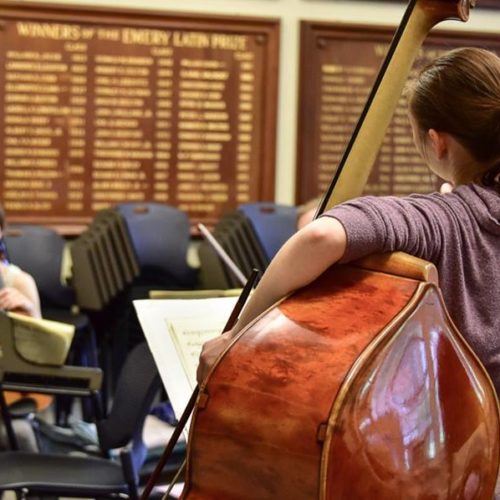
You can listen to the concert here for the next 3o days (possibly only in the UK).

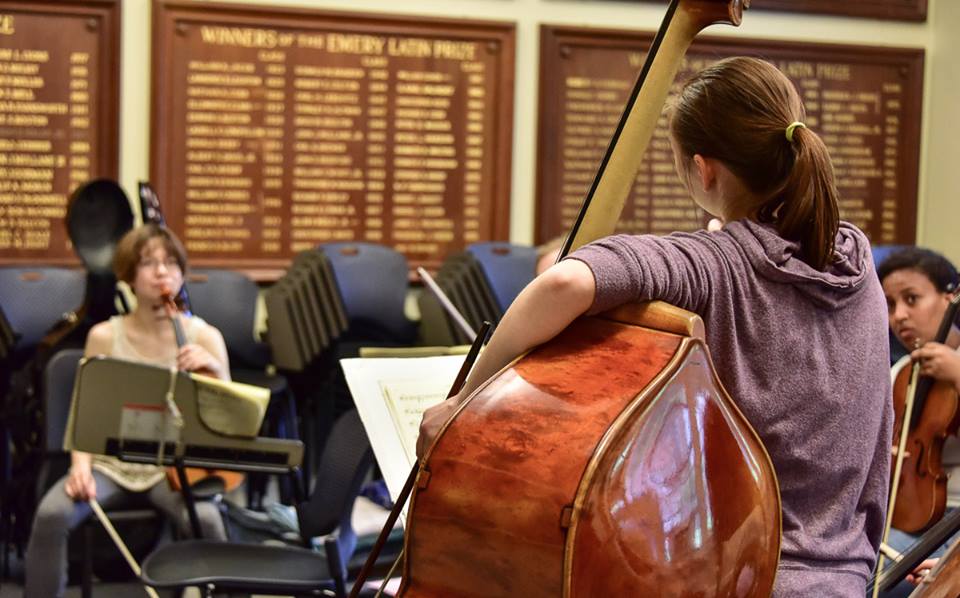
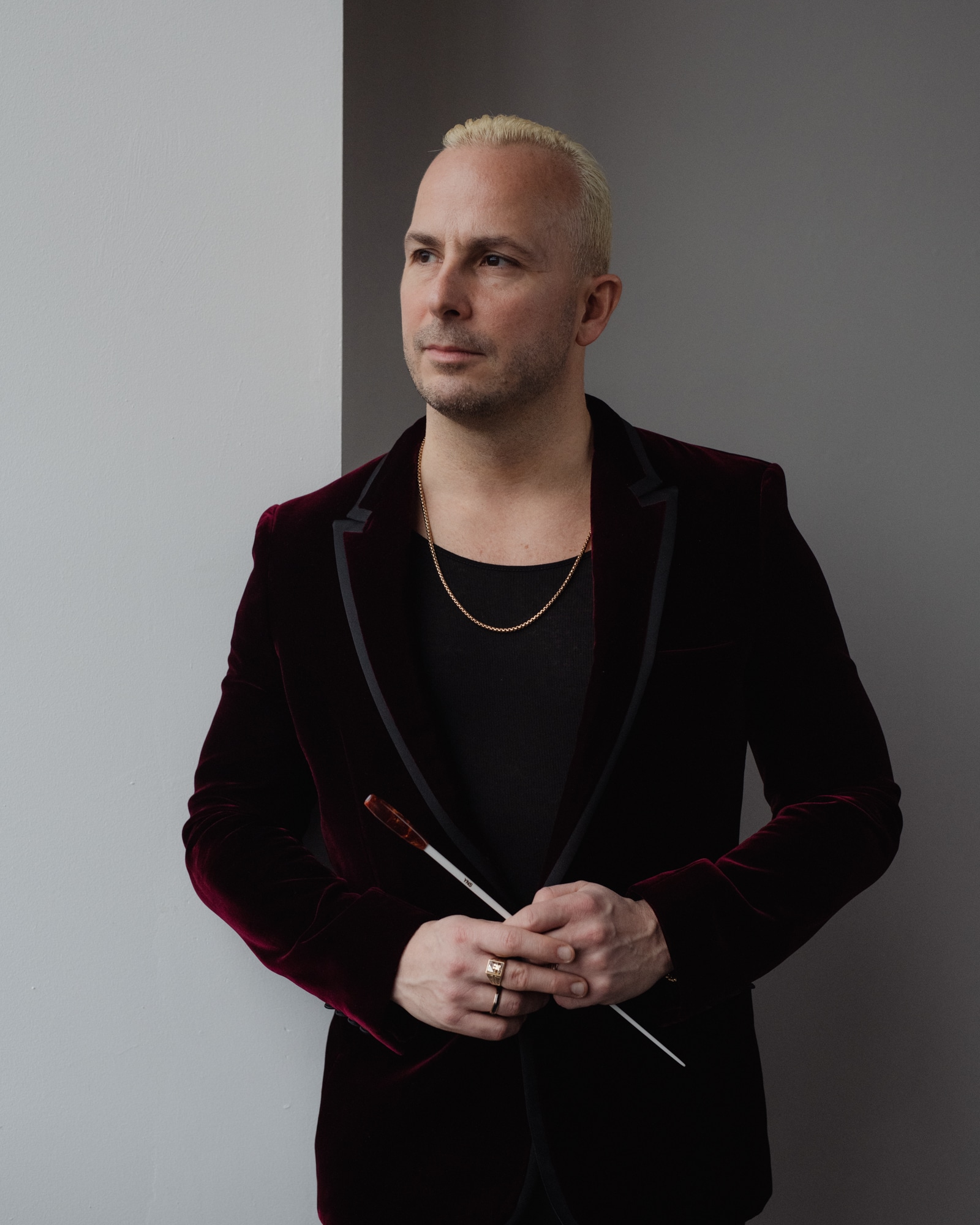
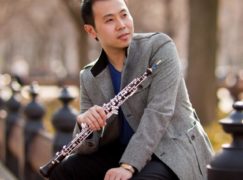
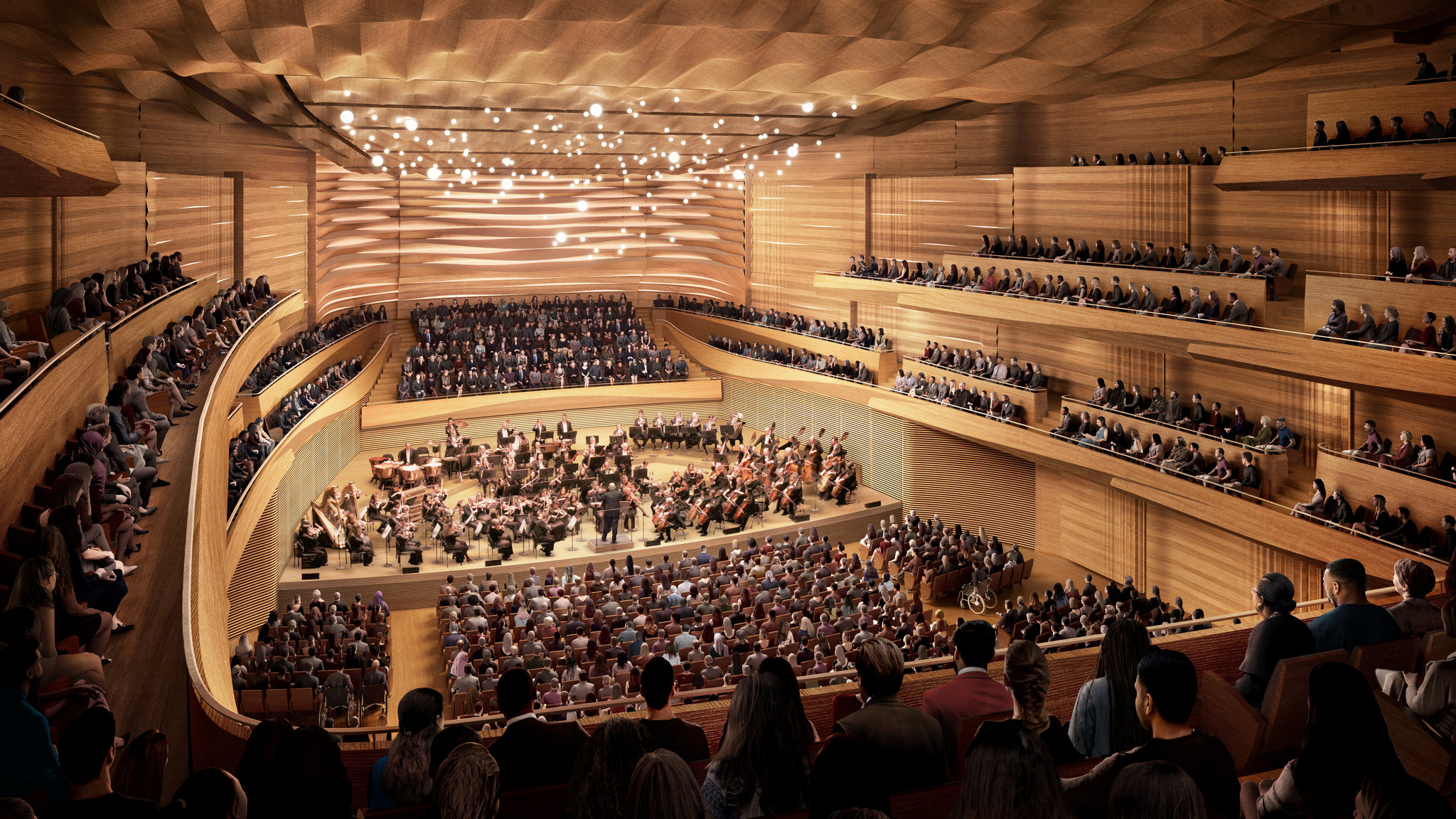
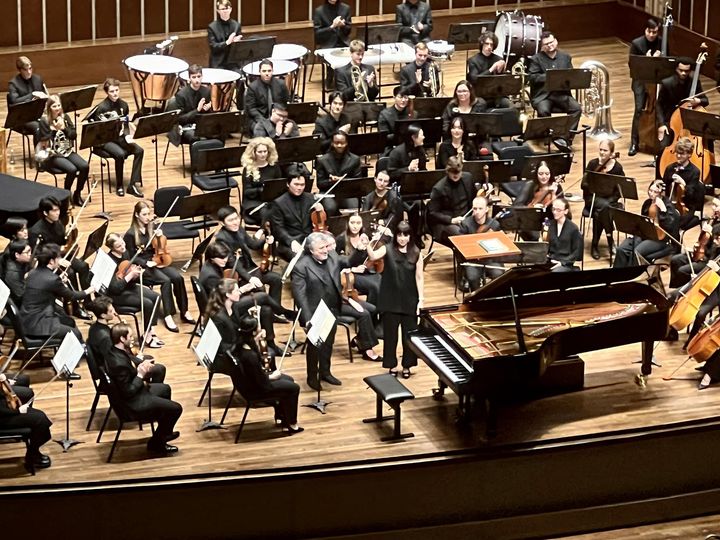
It amazes me how many people still feel that the Overture/Concerto/Symphony format is the only format a concert can/should take. Rattle has programmed “outside the box” ever since his Birmingham days and before. That the format of his Sibelius/Abrahamsen/Nielsen might be considered worthy of comment seems to me to be rather behind the times. If a programme makes sense, (i.e. it might have a story to tell, a question to raise, or answer, whatever) go with it. I’ve ended concerts with Overtures and begun them with concertos and contrasted the most intimate of works with some enormous musical structures. However, with all that said, one of the last orchestral concerts I conducted in 2018 did follow the Overture/Concerto/Symphony format!
I always figured the “traditional” start with an overture was to permit those inevitable late comers to be seated “late” after the overture but before the conductor was back on stage, somewhat minimizing the annoyance for those of us who get there on time. It at least has the virtue of sparing us those glinty eyed “I hate you I hate you” stares from the podium. If there was a firm rule (enforced) against seating late comers until the intermission then you could safely program just about anything in the first half.
I agree that the format is stale, as are certain well-established variations like playing a short Haydn symphony first. But the problem with programming like Rattle’s in this concert is that Sibelius 7 is so emotionally devastating that really nothing should come after it, or there should at least be a long break.
A well thought-out post, Michael Turner. I’ve often thought that Rattle was exceptionally good at PR. Having the youngsters on board was probably just part of that: and it did catch the eye of the blogleader here, as intended.
No disrespect at all to the LSO but I believe it was the Music Academy of the West who approached them, not the other way around.
Not to diminish these artists’ experiences or accomplishments but there are plenty of stellar professional musicians around the world who are in their early to mid-twenties; Keith Buncke, principal bassoon in Chicago, joined at 24, and the principal flutist of my local orchestra, the Milwaukee Symphony, was hired by no less than Edo de Waart right out of Curtis at age 22.
25 years old is a kid?
Principal trumpet and trombone of the LSO began at age 21 and 18, respectively. So, maybe age isn’t so important here. Its noteworthy that they can play at the level of the LSO. There was a similar program with the NY Phil. This is an indication of the very high talent level at the music academy of the west.